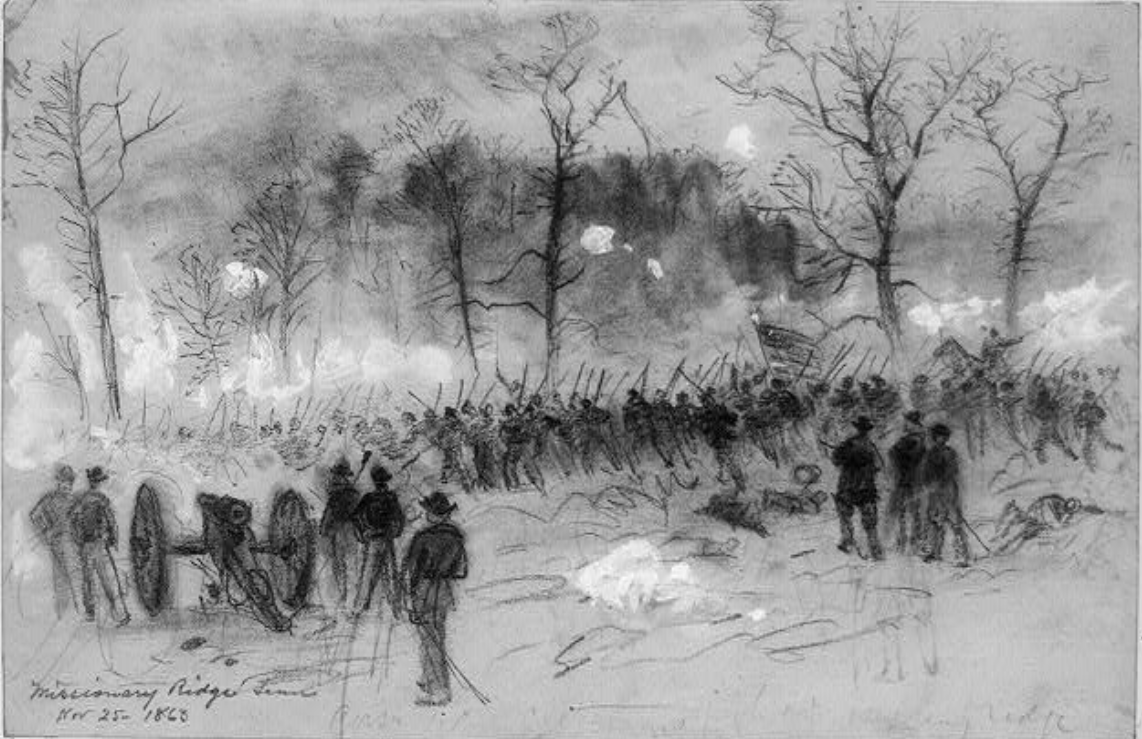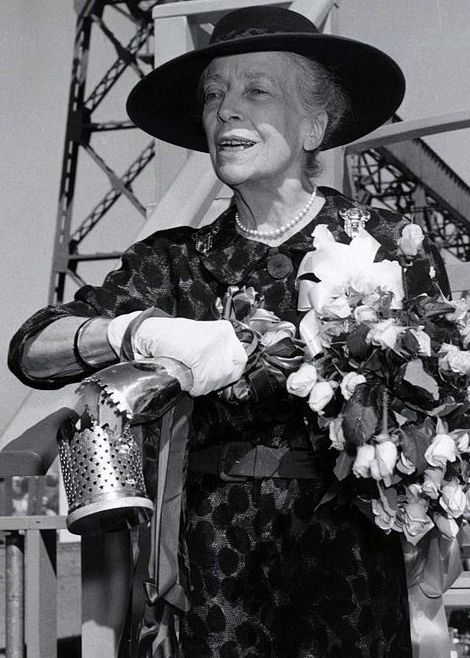Even today it is not always easy to see just what was going on in the Gilded Age. We think of it as a time of vulgarity, strife, and self-seeking; we often are as dismayed when we look back on it as the reformers were when they looked out on it; and in general we see little good in it. John A. Garraty takes a fresh look at the period in The New Commonwealth, 1877–1890 , and his stimulating book makes an excellent companion piece to Mr. Sproat’s.
It is Mr. Garraty’s notion that when they seemed to be engaged in a brutal devil-take-the-hindmost race Americans were actually learning how to work together.


